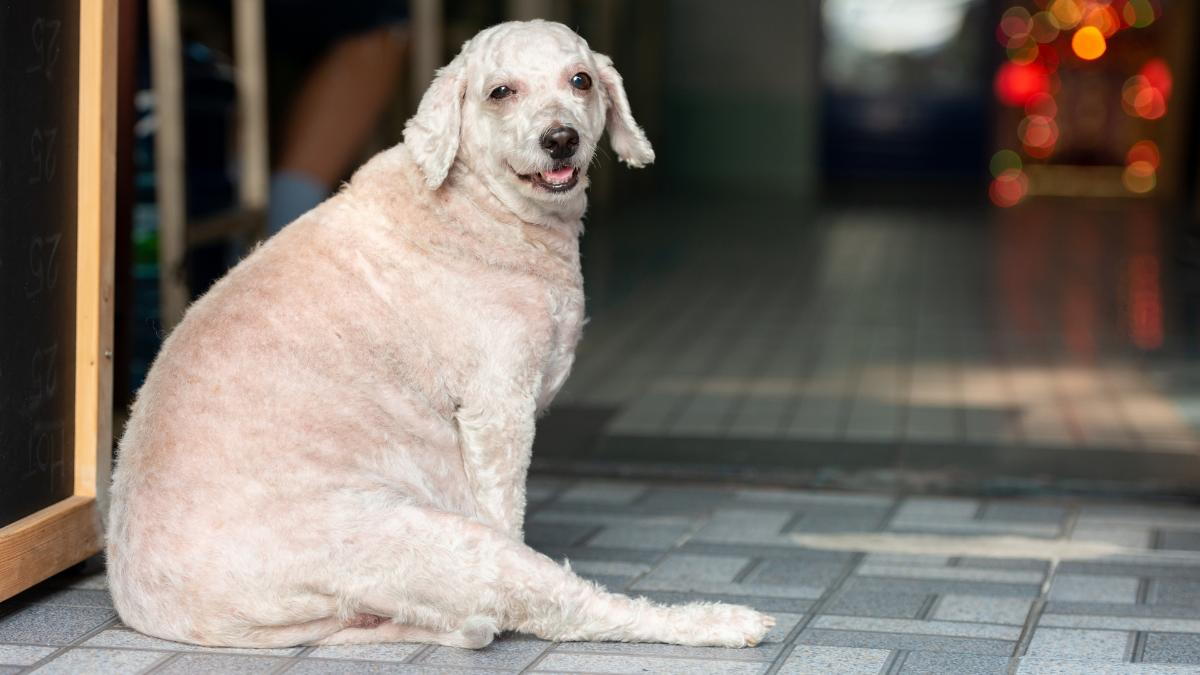
If your pooch is looking a bit more pudgy than usual, it’s actually quite common. The battle of the bulge isn’t just something people face — so do pets. Extra weight in pets can cause a lot of health issues for your dog, including canine diabetes, heart problems, and painful arthritis.
October 13th is Pet Obesity Awareness Day! Do you know how to tell if your dog is fat or overweight and needs to lose a few pounds? These are some signs you can look for to determine whether or not your dog is fat.
Check Your Dog’s Body Shape
One of the simplest ways to determine if your dog is fat is to look at the body shape. Looking at your dog from above, if you notice that the pup looks rather rotund and oval-shaped, it’s likely that your dog is fat. If, on the other hand, you notice that your dog has a defined waist toward the rear and a straight build down the sides, then they’re probably at a healthy weight.
Feel for Your Dog’s Ribs
The feel and prominence of your dog’s ribs are a major indicator of weight issues. If your dog’s ribs aren’t extremely prominent and you can easily feel them without having to press hard, then the dog is fit. For overweight dogs, it’s very difficult to feel their ribs because there is too much fat in the way.
Look at Your Dog From the Side
A sagging waist or swinging stomach is another tell-tale sign of a fat dog. When viewing your dog from the side, look for a waist that is slightly raised rather than simply hanging down and oval-shaped. A dog’s abdomen should not be the same level as the chest and should be tucked up.
Examine Your Dog’s Behavior
Overweight and obese dogs are typically inactive and spend a lot of time scarfing down their food. If you notice that your dog has become a couch potato, has trouble walking, exhibits trouble breathing when walking, and generally appears to have trouble moving about, they might be fat.
Weigh Your Dog
The best way to tell if your dog is overweight or obese is with a weigh-in at your veterinarian. Your vet can then tell you whether your dog is overweight according to your dog’s size and breed. Remember that a healthy weight will look different for every breed.
They will also examine your dog’s body and compare it to a body condition score chart, which ranks a dog’s body type by shape. Typically, scores range from one to nine, with one being very underweight and nine being extremely overweight. The target body condition usually lies in between, around four to five.


